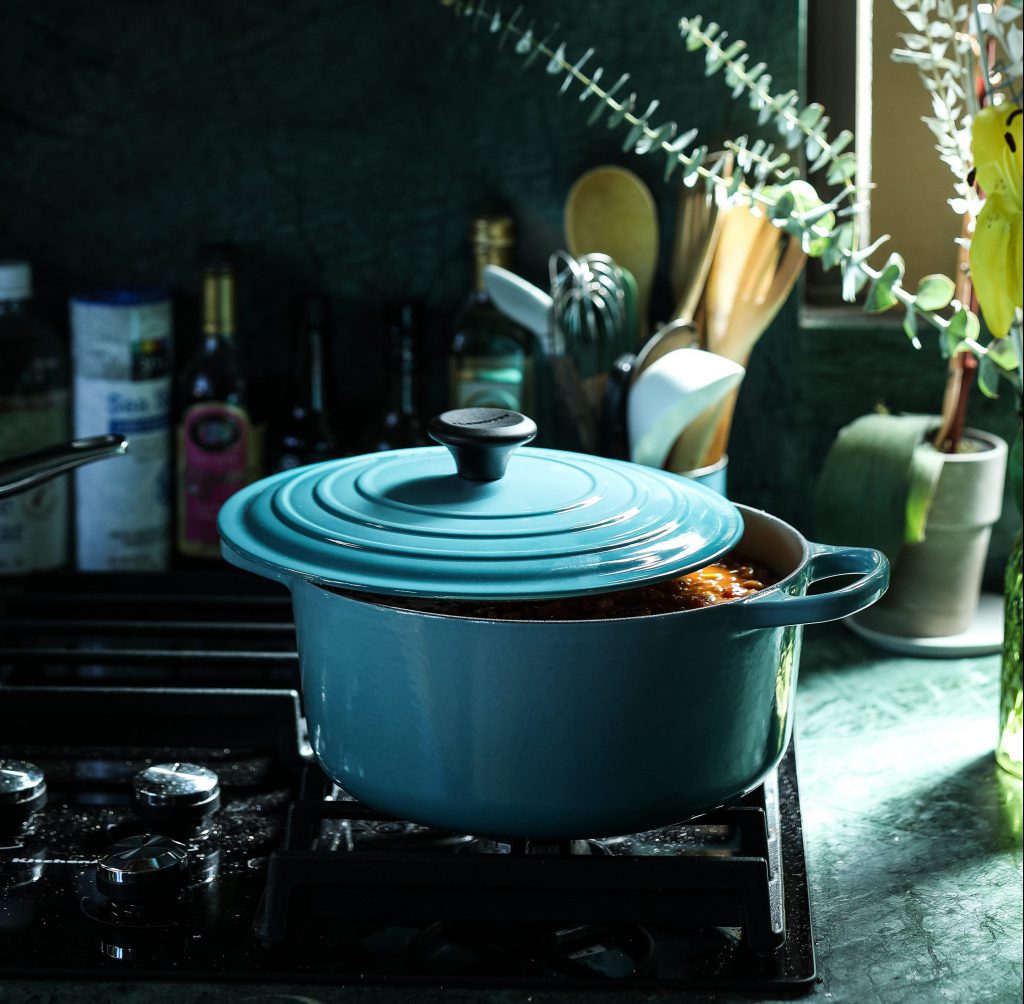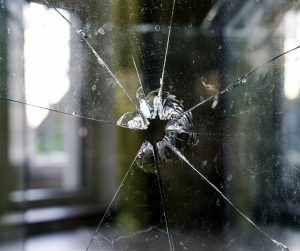The latest news for New Zealand Landlords and Tenants
Are landlords or tenants liable for accidental damage?
If you are asking whether tenants are responsible for accidental damage, the answer last year would be different. However, new reforms in the Residential Tenancies Amendment Act say accidental or careless damage by tenants is now their liability.
Under new law tenants causing careless or accidental damage to a rental property, are now liable to pay for it. The cost of repairs that they need to cover is limited however, with the reforms putting in place a maximum cover of:
• up to four weeks’ rent or
• the landlord’s insurance excess.
(Whichever one of these is lowest)
More on the Residential Tenancies Act reforms here
This means any accidental damage or damage caused as a result of careless behaviour is the tenant’s liability and they will have to cover it by paying via one of the above options.
It also means landlords now need to be providing their insurance information to tenants in new lease agreements. This keeps everything clear in cases where accidental or careless damage does take place and the tenant has to pay.
Why are tenants now liable for accidental damage?
One reason why accidental damage is no longer a landlord’s responsibility is the 2016 Tenancy Tribunal case: Holler and Rouse v Osaki.
In this case, the tenant behaving carelessly led to one section of the rental property burning down.
It happened when Teiko Osaki left a pot of oil on high heat unattended. The pot caught fire, causing extensive damage to the rental.
This led to a years-long battle which ended with the landlords having to pay 10,000 dollars to cover the Tenancy Tribunal bills for the Osaki family. They also were not paid out by their insurance company. In the end, it was the landlord’s responsibility to pay for the damage.
To read more about the Holler and Rouse v Osaki case see the article below:
• Tenant liability: The Holler and Rouse v Osaki case

What happened before this new tenant liability reform?
Prior to the new tenant liability reform in the RTAA, landlords were responsible for accidental damage. Tenants were only liable for intentional damage.
This meant the landlord was responsible for covering repair costs unless they could prove the damage was intentional. Proving this is something landlords are finding to be very difficult with intent not always being easy to prove. However in the case below, they did…
Intentional damage and tenant liability
Auckland Landlord Gary Guo was able to prove that tenant damage to his rental property was intentional before the new reforms.
Although the new reforms would have ensured Guo got his money back, the landlord (luckily) had evidence to prove intent. It all started when Guo allowed a family with two poodles into his rental property. Reluctant to accept them because of the animals, Guo was told that the dogs were house-trained. But, this was not the case.
At the end of the lease, Guo found that the carpet had a lot of stains. The landlord had accepted there would be some stains but he did not expect to have to replace the carpet. Initially, Guo forfeited the bond to make up for this but the family was not happy with this. After a hearing by the Tribunal, the District Court, then the High Court a decision was made. The tenant is liable and the damage is intentional.
The Judge ruled that Guo allowing pets in the property did not mean he assumed he risked such damage as fair wear and tear. The Judge also said the damage was intentional as the family could have assumed it after the first few times.
Article: Should you allow tenants with pets?
The Guo v Korck case ended in the tenant having to pay 10,000 dollars in compensation to the landlord. Reaching this outcome could have been difficult if there was no evidence to show the extent of the damage.



